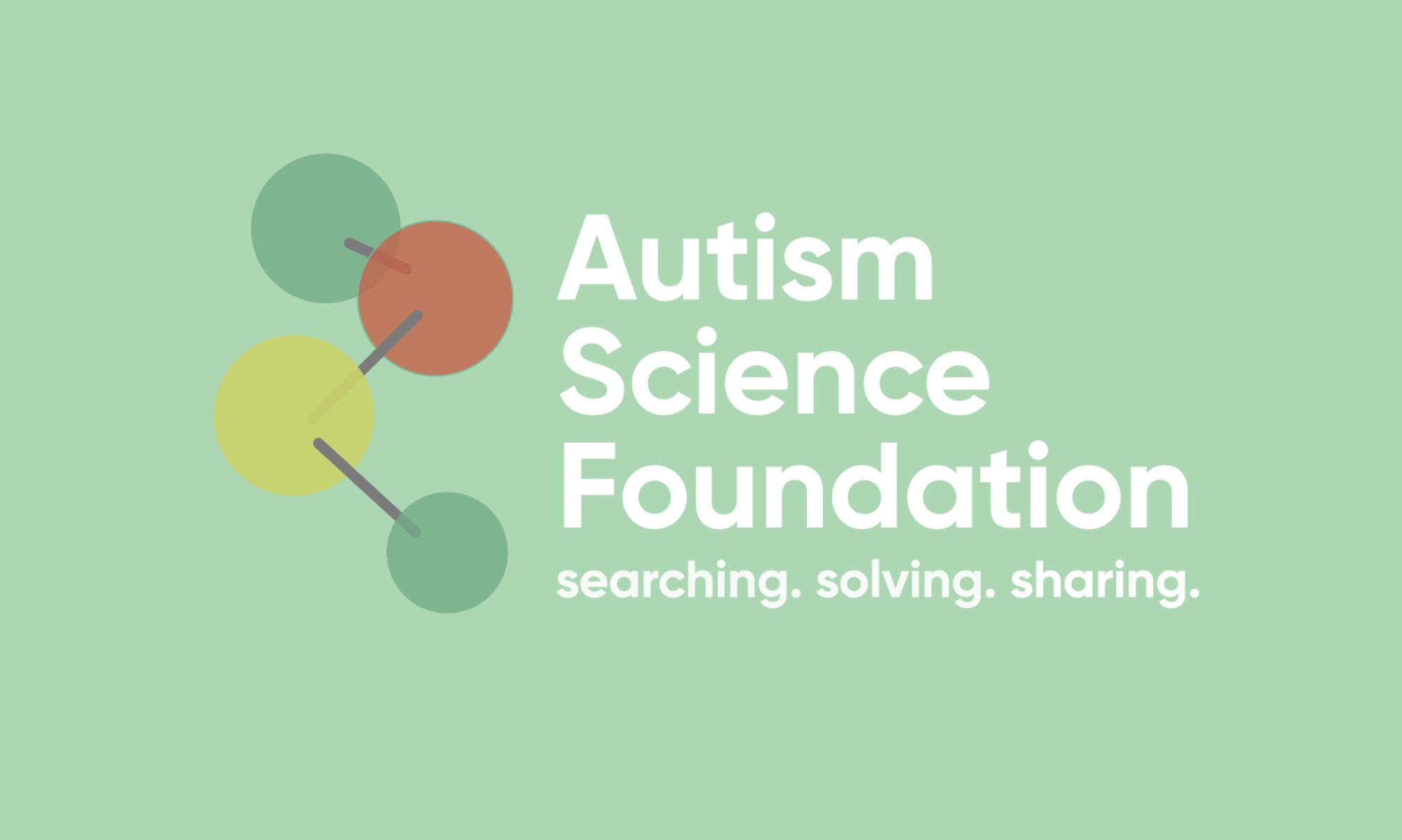Podcast: Play in new window | Download
Subscribe: RSS
Studies of very early signs of autism, even before an official diagnosis can be made, has led to better recognition of early signs and driven earlier and earlier interventions. These interventions have improved the lives of people with autism. The biological signs like brain activity, structure and genetics could further improve early intervention paradigms that look at biomarkers rather than just behavioral features. Studies of these early signs are best looked at through symptoms in younger siblings of those with a diagnosis, who have a 20x higher risk of ASD compared to those who do not. To move to even more high impact discoveries, researchers need more families to participate. But what do families really think of this type of research? Adults and parents agree on the value of understanding the early signs of autism, but not always about what to call it. This week’s podcast explains.


